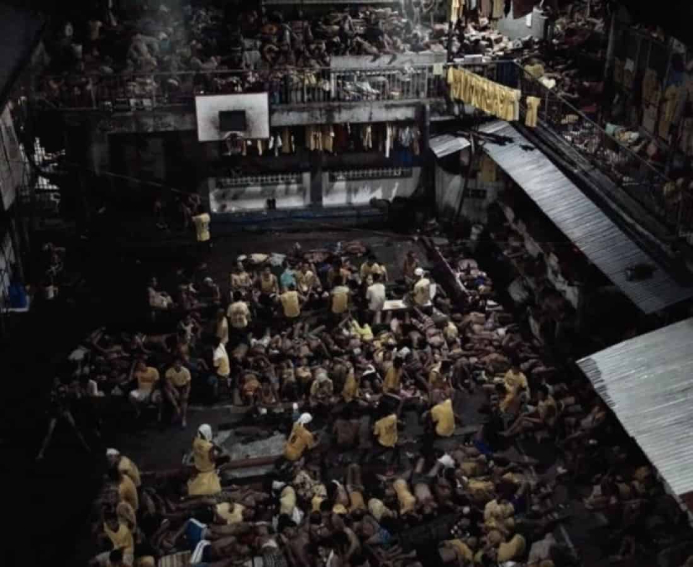Film of the month: Aswang, a gut-wrenching expose of the horrors behind the Philippines' bloody war on drugs


In Filipino folklore, ‘aswang’ refers to a fearsome range of shape-shifting monsters – vampires, ghouls, weredogs, and more – that stalk the streets by night.
These spirits haunt countless tales and films across the Philippines; they’re the shadows behind warnings handed down from mothers to children.
In Alyx Ayn Arumpac’s nightmarish documentary Aswang, we follow the monstrous trail of violence that has left thousands dead in the streets of Manila’s slums.

Except these modern-day monsters are armed with guns, police badges, and the mandate of President Rodrigo Duterte to shoot on sight.
Philippine president Duterte first rose to office in 2016, on the back of his ruthless – and popular – pledge to wipe out the nation’s drug pushers: “If they resist, kill them all .” And kill his police squads did.
In the first six months of his ‘war on drugs’ alone, more than 7,000 people were gunned down – many unarmed, unverified as drug dealers, and even mistakenly identified.
Aswang began filming not long after Duterte came to power; in the three years it took to wrap up production, the death toll soared into tens of thousands – 31,232 is the shocking figure quoted in the documentary.
[[nid:533017]]
First shown at the International Documentary Film Festival Amsterdam (IDFA) in 2019, Arumpac’s award-winning debut paints a wrenching picture of the human tragedies behind the statistics.
The documentary starts out at the funeral of Kian delos Santos – a 17-year-old whom police claimed was armed, but was later proven to have been dragged to an alley and shot kneeling.
From there, we meet his young friend Jomari, a boy who looks no more than seven. Jomari’s parents have both been imprisoned on drug charges, leaving him to fend for himself in a Manila shantytown – roaming barefoot, playing with friends on pathways blanketed in rubbish.

Much of the film unfolds in the squalor of these slums, illuminating the extent to which Duterte’s drug crackdown is in fact a crackdown on the urban poor.
One of Arumpac’s interviewees sums up the grotesque injustices of the justice system: “A poor man who commits a wrongdoing would be killed. A rich man would go into an airconditioned jail cell.”
It was never the rich drug lords, Brother Jun Santiago points out, that Duterte pledged to target – “the drug users were the enemy” from the get-go, those invariably poor and powerless.
Missionary with the renowned Baclaran Church by day, photojournalist by night, Brother Santiago is a leading light in the growing resistance against police brutality.
Aswang hurries with him from one scene of state-sanctioned murder to another, uncovering sights straight out of a horror film: from bodies left facedown in alleyways to blood literally streaming down streets.
Sadly, it isn’t just a film – especially not for the countless families who have to grapple with the aftermath. Arumpac’s camera bears silent witness to their grief and helplessness, while giving them a voice to protest their loved ones’ innocence.

What this documentary surfaces, time and again, is a sickening tale of murdered innocents and police corruption run rampant.
For those of us lucky enough to live with our human rights protected, the crimes Arumpac exposes are truly stomach-turning: one of the worst snippets involves people snatched off the streets and crammed in police cells for ransom.

The parallel she draws between the mythical aswang and the state’s reign of terror, then, is disturbingly apt. Not simply because of the fear or the bloody violence they wreak, but because both monsters make a mockery of human laws.
Duterte’s presidential term ends in June next year. But his party has already endorsed him for vice-president in the 2022 elections, paving the way for six more years of power.
More than a vivid account of present injustice, Aswang is a dark glimpse of what the future might hold for the Philippines’ most vulnerable people under his rule. It’s a message we can’t ignore.
Aswang is now available for streaming on iwonder.
ALSO READ: Singapore's first interactive film aims to spark conversation on meth abuse among youth
This article was first published in City Nomads.